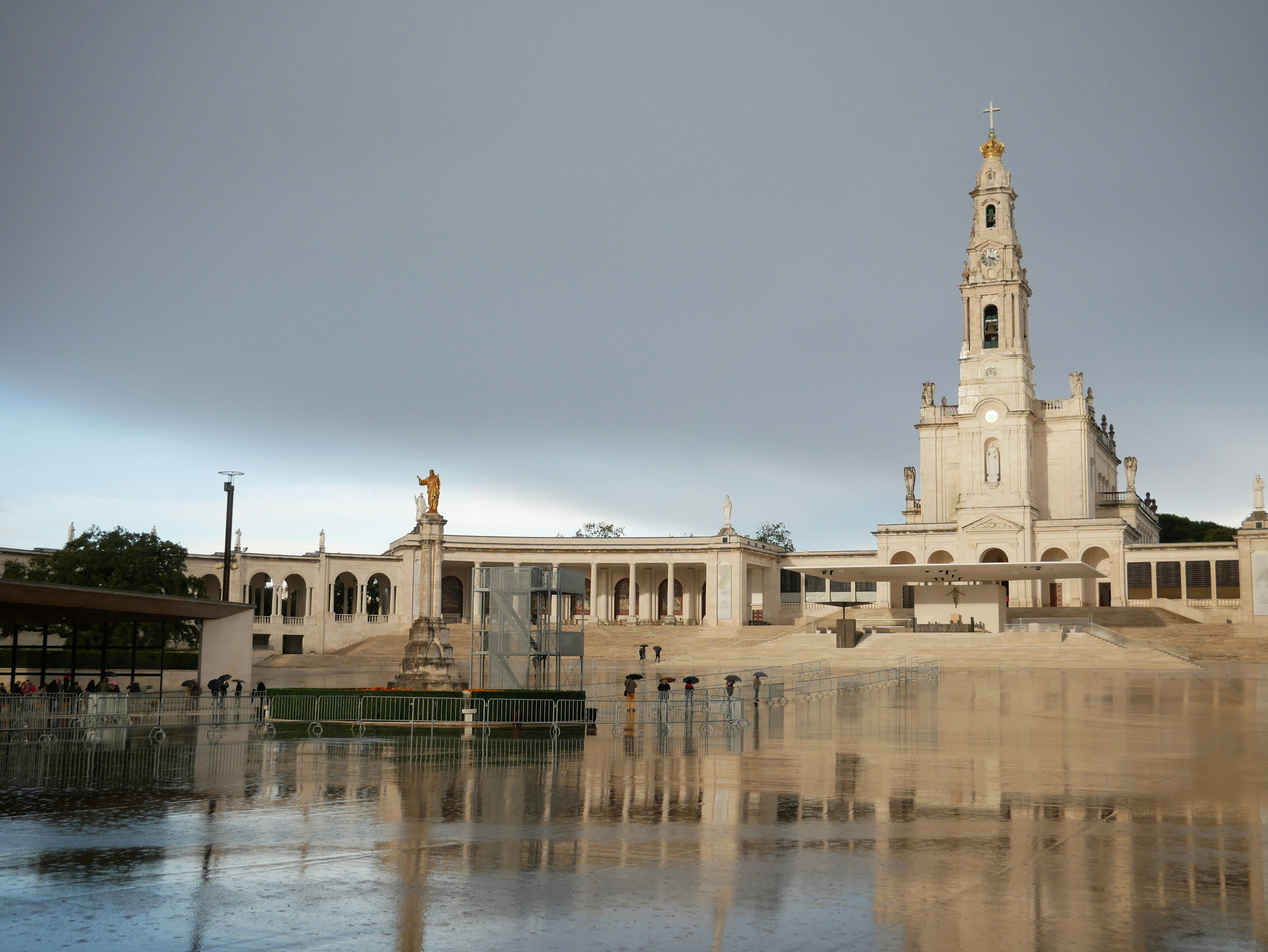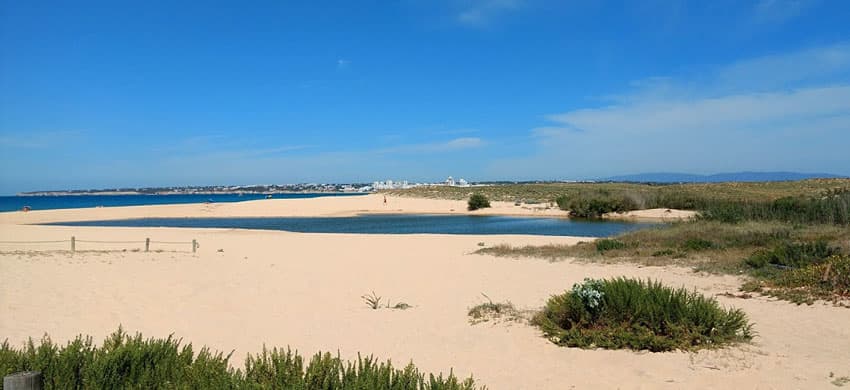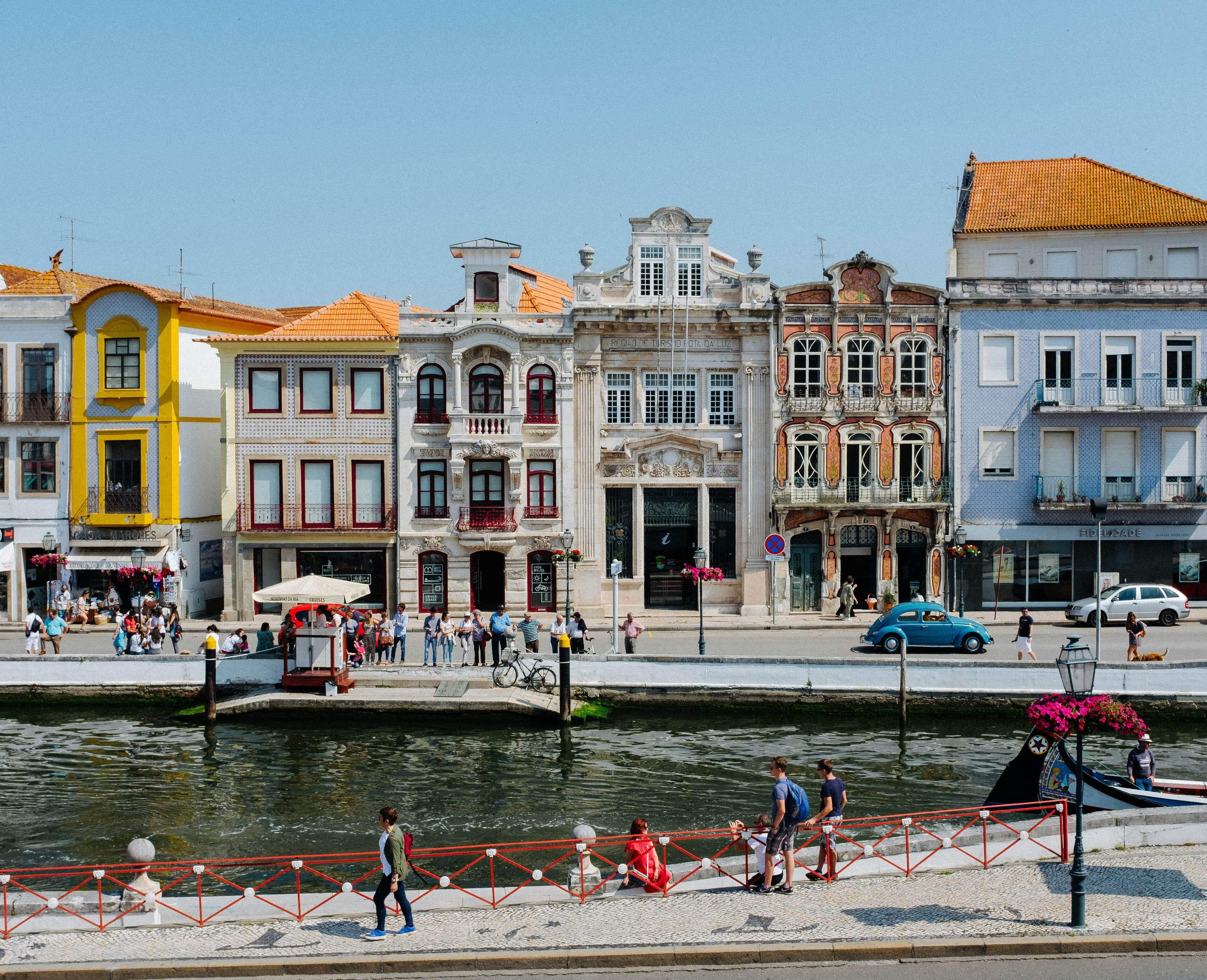
A spiritual destination
In the heart of Portugal, more precisely in the Central region, the town of Fátima stands as one of the most powerful symbols of spirituality in the world. Yes, you read that correctly! Every year, it welcomes millions of pilgrims from around the globe to relive the Marian apparitions of 1917 and to find a moment of reflection within the majestic Sanctuary of Our Lady of Fátima… But Fátima is also an accessible destination, rich in history, traditions and spiritual tourism: here, history, faith and local life intersect. In this article, we take you on a journey through the town (once a village), its heritage, rituals, and practical advice to make your visit truly meaningful.
A brief history to understand better
Fátima is famous for the apparitions of the Virgin Mary to three young shepherds (Lúcia dos Santos, Francisco Marto and Jacinta Marto), which occurred between May and October 1917 in the Cova da Iria meadow. Officially recognised by the Catholic Church in 1930, this site became a sanctuary of worldwide renown. The neo-baroque Basilica of Our Lady of the Rosary, built between 1928 and 1953, stands as a testament to this unique faith and devotion.
Why visit Fátima ?
First and foremost, it’s an extraordinary spiritual experience ! Regardless of your faith or beliefs, the atmosphere of reverence that prevails in Fátima touches many visitors. It’s also a place rich in history and architecture, the Sanctuary includes the Chapel of the Apparitions, the Basilica of Our Lady of the Rosary, the Basilica of the Holy Trinity, and a vast esplanade that hosts major celebrations. Let yourself be amazed by the sheer scale of the site !
Moreover, the setting is ideal for reflection and renewal. The peaceful surroundings, prayer paths like the Via Sacra in Valinhos, and the ambiance of candlelight processions create unforgettable moments, an experience truly worth living.

©joao-JKL-unsplash
What to see and do in Fátima ?
The Sanctuary
The heart of Fátima is the sanctuary esplanade: the Chapel of the Apparitions marks the exact spot of the 1917 visions and is a space for deep reflection.
The Basilica of Our Lady of the Rosary houses the tombs of the three young visionaries.
The Basilica of the Holy Trinity, more recent and modern (inaugurated in 2007), can accommodate nearly 9,000 worshippers.
Aljustrel and the shepherds’ homes
A few minutes from the sanctuary, the village of Aljustrel preserves the original homes of the three shepherds: Lúcia, Francisco and Jacinta. A touching visit that provides insight into the humble context of the apparitions.
For a little anecdote, the last of the three shepherd children, Lúcia dos Santos, who kept the secret of the apparitions, passed away on 13 February 2005 in Coimbra, aged 97.
Valinhos and the Via Sacra
The site of the fourth apparition, Valinhos, offers a meditation trail called the “Via Sacra”, with chapels representing the fourteen stations of the cross; a peaceful walk inviting contemplation.
Museums and moments of reflection
The Museum of the Life of Christ portrays biblical scenes in wax figures, while the Sanctuary’s Museum of Sacred Art provides an in-depth look at the symbols and religious heritage of the site.
Unmissable celebrations
May 13 and October 13 are the anniversaries of the apparitions, marked by major processions and celebrations. There is also the candlelight procession (held every evening from May to October), a powerful moment of collective emotion as thousands of pilgrims walk with candles across the vast esplanade.
Practical information for your visit
How to get there ?
By car, it takes about 1h30 (132 km) from Lisbon and 2 hours from Porto. By train or bus, access is via Fátima station or shuttle services from Ourém.
Accommodation and dining
There are numerous hotels, guesthouses and hostels around the sanctuary, ideal for pilgrims and visitors. Advance booking is recommended, especially during major celebrations.
For dining, several cafés and restaurants serve simple but authentic local cuisine, try caldo verde, bacalhau, or traditional pastries after your visit.
Tips for making the most of your visit
Arrive early around the basilica to enjoy a quieter moment ; plan for some walking (the shepherds’ houses in Aljustrel or the Via Sacra in Valinhos require a bit of effort…); respect the sacred nature of the site by wearing modest clothing (consider bringing a cardigan or shawl to cover your shoulders before entering prayer areas).
Several free parking areas are available nearby, but on major dates and during celebrations, it’s best to use shuttle services or arrive early.
Stories and curiosities
It is said that the name “Fátima” comes from a young Muslim woman who converted to Christianity in the 12th century, a legend that symbolically links Muslim and Christian faiths.
During the “Miracle of the Sun” on October 13, 1917, a phenomenon reportedly witnessed by thousands is believed to have occurred ; this event greatly contributed to the site's international fame.
Why Fátima deserves a visit (for everyone)
Whether you are a believer or simply seeking a peaceful place, Fátima offers a pause. It combines spiritual depth, human heritage, and accessibility. The site invites silence, reflection and discovery; a destination to experience a timeless moment, far from the usual tourist bustle.
Fátima is much more than a sanctuary. It is a place where history, faith and human experience intertwine… From the Cova da Iria meadow to the shepherds’ homes, from candlelit processions to the groves of Valinhos, every step leads to an encounter – with yourself, with others, and with the eternal. If you are looking for a visit that combines meaning, culture and serenity, Fátima welcomes you.
Share this article
Suggested articles

Bairrada, Land of Suckling Pig and Sparkling Wine
In the heart of central Portugal, between the valleys of the Mondego and Vouga rivers, lies the region of Bairrada, a land where vineyards meet pig farms, where the slow heat of wood-fired ovens blends with the effervescence of sparkling wine. Here, every meal is a ritual and every sip a celebration. If you’re looking for an authentic Portugal, far from seaside clichés, let yourself be charmed by Bairrada, a land of indulgence, warmth, and tradition.

Serra da Estrela, The Roof of Portugal
It’s impossible not to think of Serra da Estrela when visiting Portugal… Perfect for a mountain getaway, this destination sits slightly off the beaten path, perched in the heart of the country’s central region! Literally translated as “the Star Mountain Range,” Serra da Estrela shows a very different side of Portugal: quieter, more authentic… this mountain truly deserves your attention, and we’ll tell you exactly why!

Nazaré Beaches and Their Giant Waves
Nazaré is a charming coastal town in Portugal, globally renowned for its giant waves crashing onto Praia do Norte… you’ve probably seen them on TV ! But beyond this impressive natural phenomenon, Nazaré offers a variety of beaches suitable for all tastes, from famous surf spots to family-friendly relaxation areas.

Aveiro, the Portuguese Venice
Situated between Porto and Lisbon, the city of Aveiro is often called the “Venice of Portugal” due to its picturesque canals, colourful houses, and rather romantic atmosphere… But Aveiro is much more than that : it is a city rich in traditions, gastronomy, and history!

Coimbra, One of Europe’s Oldest Universities
Located in the heart of Portugal, the charming city of Coimbra is home to one of the most prestigious and oldest academic institutions in Europe: the University of Coimbra! Founded in 1290 by King D. Dinis, it is not only the oldest university in Portugal but also one of the oldest in Europe. Classified as a UNESCO World Heritage Site since 2013, the university embodies academic excellence, tradition, and, above all, Portuguese culture.

Thermal towns of the centre, relaxation and well-being
Central Portugal is full of hidden treasures… and yes, really ! Among them, its spa towns offer a unique escape dedicated to well-being and relaxation ! Here, hot springs have been bubbling for centuries, attracting visitors in search of rejuvenation, natural treatments and moments of rest. Between historical heritage, landscapes and modern facilities, these spa towns are the perfect place to reconnect with yourself. (And incidentally, to forget about emails and Zoom meetings for a while !)


